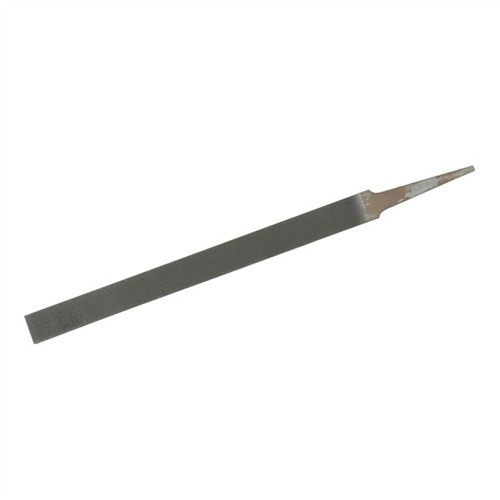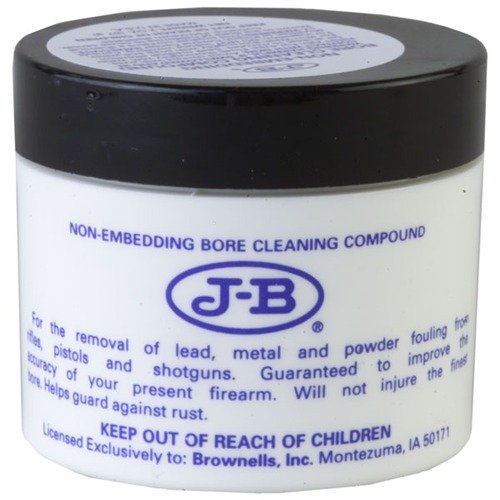BROWNELLS METAL CHECKERING FILES The Brownells Metal Checkering Files are precision-engineered tools designed for gunsmiths and metalworkers seeking to create accurate, non-slip gripping surfaces on firearm components. These files are essential for checkering backstraps, trigger guards, grip frames, ribs, and hammer spurs, enhancing both the functionality and aesthetics of firearms. Description and Features: Crafted to provide true, accurate line spacing, these files facilitate the creation of improved gripping surfaces wherever needed. The procedure is similar to wood checkering: layout your master lines (or use a guide like Brownells' .45 Checkering Guide), then establish the pattern by moving the file a few teeth each time, using the previous lines as the guide. Once the pattern is fully laid out, bring it to final depth with a 60° needle file. Finer cuts offer a matting effect to reduce glare and light distortion. The files are available in various lines per inch (LPI) configurations, including 20, 25, 30, 40, 50, and 75 LPI, allowing for customization based on specific project requirements. Specifications: Length: 8 inches (20.3 cm) Width: ½ inch (12.7 mm) Cutting Area: 6 inches (15.2 cm) x ½ inch (12.7 mm) Lines Per Inch (LPI) Options: 20, 25, 30, 40, 50, 75 Customer Insights: Customers of the Brownells Metal Checkering Files have praised their effectiveness in creating precise grooves and checkering patterns. One customer noted that with the right tools, practice, and experience, these files yield great results. The durability and performance of the files have been highlighted, with reviewers appreciating their ability to produce clean, consistent cuts on softer metals. Incorporating the Brownells Metal Checkering Files into your gunsmithing toolkit ensures you have the precision necessary for detailed metalwork, enhancing both the grip and visual appeal of your firearms.
La seule façon d'obtenir un espacement de lignes vrai et précis lors de la gravure des dos de crosse, des pontets, des cadres de poignée, des nervures et des ergots de marteau ; partout où une surface de préhension améliorée est nécessaire. Des coupes plus fines donnent un bel effet de matité pour réduire l'éblouissement et la distorsion lumineuse. La procédure est très similaire à la gravure sur bois. Trace tes lignes maîtresses (ou utilise un guide comme notre .45 Checkering Guide), puis établis le motif en déplaçant la lime de quelques dents à chaque fois en utilisant les lignes précédentes comme guide. Une fois le motif entièrement tracé, amène à la profondeur finale avec une lime à aiguille de 60°.











